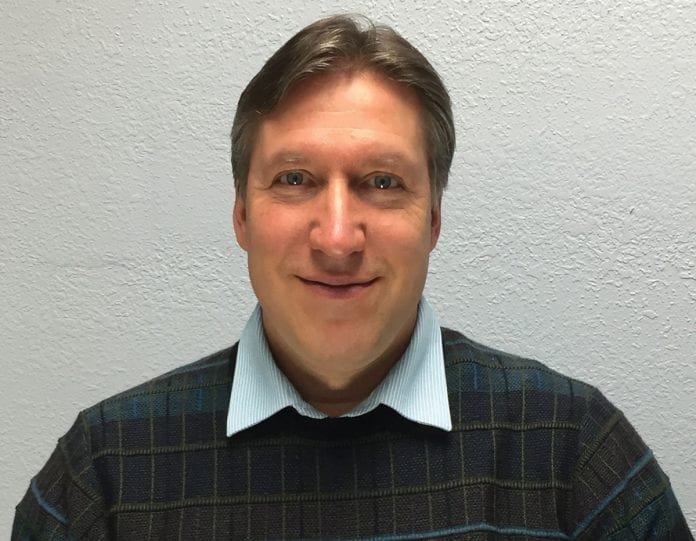Few things define Alaskans more than our love of salmon. Not surprisingly, salmon allocation decisions and fluctuations in resource abundance often spur bitter political battles between user groups. A robust public process rooted in best available science has long been the arbiter of such disputes. As an Alaskan born and raised on the Kenai, and in my current role as mayor of Cordova, it is with deep consternation that I followed a recent Board of Fisheries evaluation of an emergency petition seeking to restrict hatchery salmon releases in Prince William Sound. The board narrowly voted to reject the petition averting a dangerous departure from best available science, transparency, and public process; the principles that are the bedrock of our management system.
The inconsistency of the Cook Inlet salmon runs over the past few years have now arbitrarily pointed to hatchery releases as the culprit. It is understandable that as demand for Cook Inlet salmon expands and catch rates go down, fishermen from all user groups are looking for answers. Unfortunately, we have little control over the likely cause cited by scientists: the recent ocean conditions wreaking havoc on the Gulf of Alaska’s ecosystem. Referred to as “the blob,” the mass of warm water that formed in 2013 and lingered through 2016 stripped the typically bountiful Gulf of Alaska of vital nutrients, creating cascading effects throughout the food chain. Scientists believe it to be responsible for mass die-offs of juvenile cod and salmon — impacts that are clearly visible in this year’s salmon runs.
A broader snapshot of recent and historical abundance reveals many positive trends in our fisheries. It was just a few years ago that Kenai-area dipnetters harvested more than half a million sockeye two seasons in a row. Across Alaska, harvest and abundance of wild Pacific salmon have remained steady for the past 20 years and are markedly higher than pre-hatchery levels. In fact, three of the four largest record-breaking wild salmon harvests occurred in the last five years (2013, 2015 and 2017). Average abundance of wild Cook Inlet sockeye over the past 20 years is more than double than in 1952-1972, and abundance of wild Prince William Sound sockeye has also increased over that same period. If you look at the data, the numbers tell the story. Up until the “blob” entered the Gulf, wild stocks and wild hatchery runs have continued to flourish and coexist.
It is important to recognize the resounding success of the hatchery management program. Salmon hatcheries have been a key component of our state’s commercial, recreational and subsistence fisheries since the 1970s. Alaska’s hatchery program provides immense economic and social benefit to the entire state, particularly coastal communities like Cordova. The enhanced commercial harvest leads to the creation of processing jobs, fisheries tax revenue, economic investment and state general fund revenues. An often-overlooked fact is that hatcheries create significant sport fishing opportunities in Prince William Sound and statewide, which increases the summer tourism industry. These benefits are essential to our coastal communities as well as the state, particularly in times of decreasing state budget resources.
State law, regulation, and Alaska Department of Fish and Game (ADF&G) policies adhere to precautionary principles approved to ensure that hatchery production does not come at the expense of wild stocks. Alaska’s hatchery program is unique in this way and has been peer reviewed and certified sustainable by the Marine Stewardship Council. The stringent permitting process also recognizes the importance of continued research, including the current, long-term research being done by the Prince William Sound and Sitka Sound science centers. This research focuses on the impact of hatchery programs on wild stocks. Our Alaska hatcheries are economic engines that engage in annual and long-term public-private partnerships. That’s something we can all be proud of.
Managing hatchery releases by emergency order is out of sync with salmon run returns and outside the deliberative, public process governing hatchery permitting decisions at ADF&G, which includes regular review and oversight. The Board of Fisheries will hold a review of the State’s hatchery program during the October 2018 work session in Anchorage. This review will provide the board and stakeholders with an overview of the hatchery program and the science upon which it is based.
It is important that stakeholders remain engaged in the public process and resource management decisions. However, it is also important for Alaskans to remember that our fisheries have remained sustainable because of a commitment on behalf of managers and users who rely on the best available science and data to make informed decisions. Making knee-jerk decisions in response to fluctuations in salmon runs year by year will not serve Alaskans well, particularly when the execution of said decisions could reduce future run potential. The established public process and science-based management in Alaska will keep us moving down the healthy path of promoting and protecting sustainability, feeding Alaskans, feeding the world, and providing wild salmon to all Alaskans for generations to come.
Cordova Mayor Clay Koplin grew up on the Kenai River where he and his family participated in sports fisheries and founded, as a family, the largest lure manufacturing business in the state. He and his family have subsistence fished for salmon and shellfish, and participated in the first Kenai River personal use dipnet fishery.















